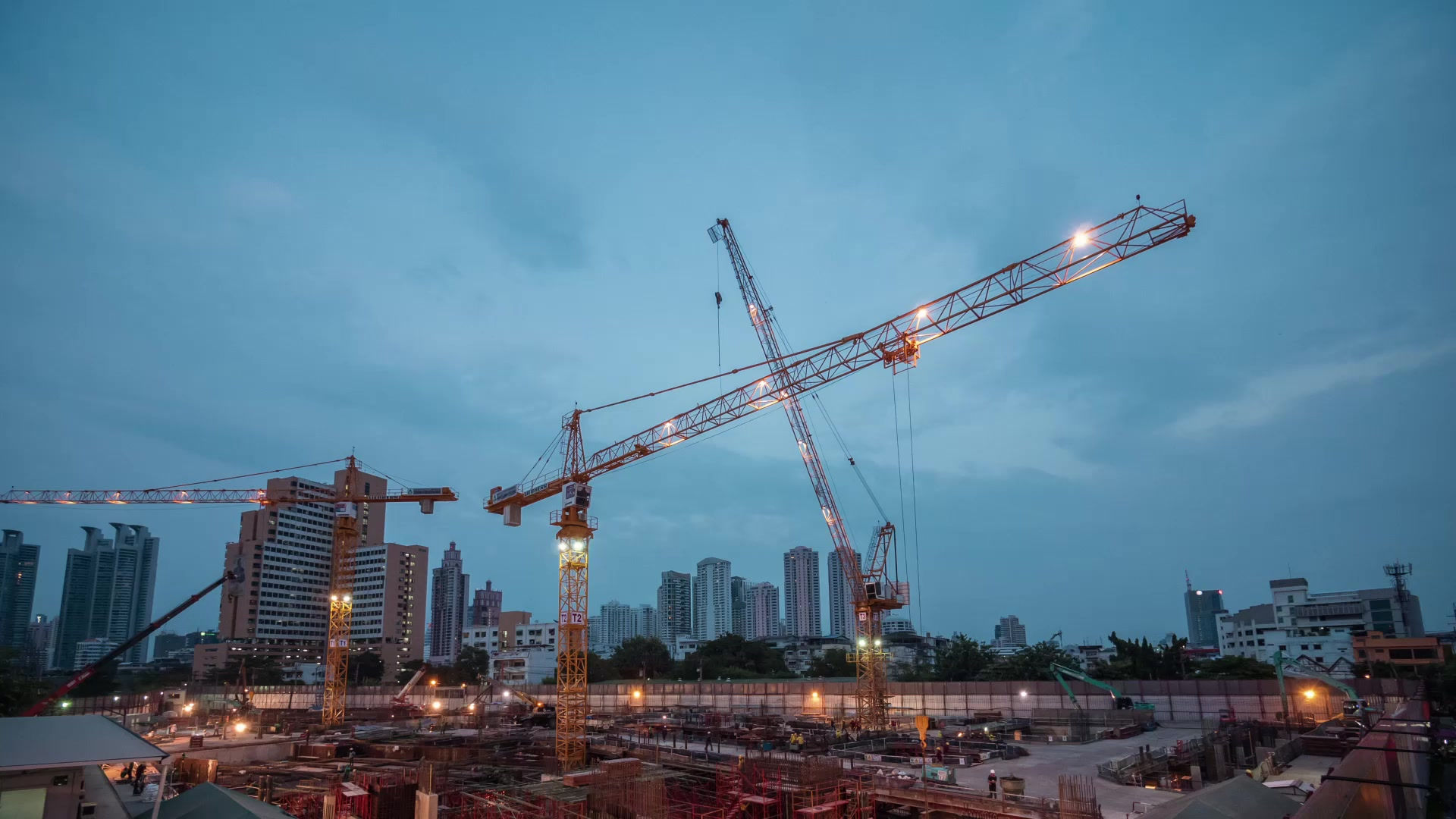The Three Most Common Accidents During Christmas and New Year Holidays: Break the Cycle, Let’s Learn, and Prevent
- Patricia Guillen

- Dec 23, 2024
- 4 min read
The holiday season of Christmas and New Year is a period for joy, celebration, and family reunions. Unfortunately, it is also a time when accidents significantly increase, many of which are preventable. Despite these recurring incidents, we frequently make the same errors, believing that accidents won't affect us. Raising awareness and taking preventive measures are essential to keep celebrations safe and joyous.
In this article, we will explore the three most common accidents during the holiday season and provide preventive measures based on statistics and guidance from the Occupational Safety and Health Administration (OSHA) in the United States and SUNAFIL in Peru.

1. Electrical Accidents from Holiday Decorations
The Risk: Improper use of electrical decorations, such as lights and extension cords, significantly increases the risk of electrical shocks, burns, and even fires. According to the U.S. Consumer Product Safety Commission (CPSC), there are approximately 160 injuries involving holiday lights each year in the U.S. In Peru, SUNAFIL has reported several cases of house fires caused by overloading electrical outlets or using uncertified products.
Current News in Peru: A Christmas tree caused a fire on the 14th floor of a building in San Isidro, alarming residents on December 17, 2024. The fire, presumed to have been caused by an electrical short-circuit, left an elderly person affected by smoke inhalation. The elderly woman was taken to a nearby health clinic.
Prevention Tips:
Use certified electrical decorations that meet safety standards.
Check electrical installations
Avoid overloading outlets and extension cords.
Inspect lights and cords for damage before use.
Place the Christmas tree away from heat sources such as stoves, heaters, or fireplaces
Turn off decorations before leaving the house or going to sleep.
Have extinguishing equipment on hand, Have a fire extinguisher, and make sure everyone in the house knows its location and how to use it.
Also, have working smoke detectors.
Which fire extinguisher should be used in an electrical accident?
CO2 extinguishers
They are highly recommended for fires in electrical and electronic equipment. CO2 does not conduct electricity, so it is safe to use in electrical fires. By displacing oxygen from the air, it suffocates the fire and prevents it from spreading. They do not leave residues, so they are harmless to electrical equipment.

2. Falls from Decorating or Festive Activities
The Risk: Holiday decorations often involve climbing ladders or standing on elevated surfaces, leading to falls. OSHA identifies falls as one of the most common causes of workplace injuries, and this trend extends to homes during the holiday season.
Statistics:
In the U.S., over 6,000 people are treated in emergency rooms each year for injuries related to holiday decorating falls.
In Peru, SUNAFIL emphasizes ladder safety as falls remain a leading cause of injuries in homes and workplaces.
Real case in Peru: In 2021, a resident in Cusco suffered severe injuries after falling from a ladder while decorating a Christmas tree in a public square.
Prevention Tips:
Use sturdy, well-maintained ladders and follow proper ladder safety guidelines, for example, do not use the last step of the ladder.
The ladder is positioned on a firm, non-slip surface.
Avoid overreaching and always have someone nearby to assist.

3. Traffic Accidents During Holiday Travel
The Risk: Increased travel during the holidays leads to a spike in traffic accidents, often caused by speeding, alcohol consumption, and fatigue. The National Highway Traffic Safety Administration (NHTSA) reports that traffic fatalities increased by 25% during Christmas and New Year in the U.S. In Peru, the National Police recorded over 500 traffic accidents during the holiday season in 2022, many of which involved impaired driving.
Latest news from Peru: Tragic accident in Cusco results in 7 fatalities and 5 injuries: A van returning from a Christmas event for underprivileged children plunged into a ravine on December 22, 2024. In this regard, the Peruvian National Police (PNP) has already initiated investigations, including possible mechanical failures or human errors.
Prevention Tips:
Avoid driving under the influence of alcohol or drugs.
Plan trips to avoid driving late at night or when fatigued.
Adhere to speed limits and traffic regulations.
Use seat belts and ensure all passengers are buckled up.

Why Do We Keep Making the Same Mistakes?
Despite knowing the risks, many of us neglect safety precautions due to:
Overconfidence: Thinking "It won't happen to me." Ensure it doesn't by following preventive measures and lowering the chances of accidents.
Time Pressure: Hurrying to finish tasks results in carelessness. Manage your time gradually, step by step.
Lack of Awareness: Unawareness of the dangers linked to holiday activities. Recognize your hazards, assess potential outcomes, and take action. If you're unsure, inquire and educate yourself; learning is a continuous process.
Learning from the Past to Prevent Future Accidents
To break the cycle of continuing to make the same mistakes that lead to accidents, we need to embrace a culture of safety.
Key elements include education, awareness campaigns, and personal responsibility. Both OSHA and SUNAFIL highlight prevention as the most effective method for reducing accidents. Learning from past experiences is the initial step toward improvement.
"Education, awareness campaigns, and personal responsibility are key"
Final Thoughts
The holidays should be a celebration of life, not a hazard to it. By adopting straightforward safety measures and reflecting on previous incidents, we can safeguard ourselves and our loved ones. Let's collaborate to ensure this holiday season is safe and free from accidents.
Share this article with your family, friends, and colleagues to spread awareness and ensure everyone has a safe and happy holiday season.

References:
OSHA (Occupational Safety and Health Administration)
SUNAFIL (Superintendencia Nacional de Fiscalización Laboral)
CPSC (U.S. Consumer Product Safety Commission)
National Highway Traffic Safety Administration (NHTSA)
Peruvian National Police (Policía Nacional del Perú)




Comments